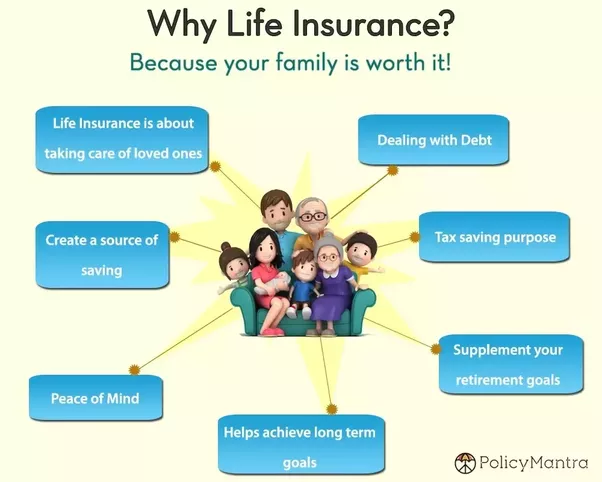The Single Strategy To Use For Pacific Prime
How Pacific Prime can Save You Time, Stress, and Money.
Table of ContentsAll About Pacific PrimePacific Prime - The FactsSome Known Questions About Pacific Prime.5 Easy Facts About Pacific Prime ExplainedThe 6-Second Trick For Pacific Prime

This is due to the fact that the data were gathered for a duration of strong economic performance. Of the estimated 42 million people who were without insurance, almost about 420,000 (regarding 1 percent) were under 65 years of age, the age at which most Americans end up being eligible for Medicare; 32 million were grownups between ages 18 and 65, around 19 percent of all grownups in this age; and 10 million were children under 18 years old, concerning 13.9 percent of all kids (Mills, 2000).
These price quotes of the number of individuals without insurance are generated from the yearly March Supplement to the Existing Population Study (CPS), performed by the Census Bureau. Unless or else noted, nationwide price quotes of people without health and wellness insurance coverage and proportions of the populace with different type of coverage are based on the CPS, the most commonly made use of source of quotes of insurance policy protection and uninsurance prices.
An Unbiased View of Pacific Prime

Still, the CPS is especially useful because it produces annual estimates relatively promptly, reporting the previous year's insurance policy protection approximates each September, and due to the fact that it is the basis for a consistent set of price quotes for greater than twenty years, permitting evaluation of fads in coverage with time. For these factors, in addition to the considerable use the CPS in various other research studies of insurance policy coverage that exist in this record, we count on CPS quotes, with restrictions kept in mind.

The price quote of the variety of uninsured people increases when a populace's insurance policy condition is tracked for several years. Over a three-year period starting early in 1993, 72 million people, 29 percent of the united state populace, lacked coverage for at the very least one month. Within a single year (1994 ), 53 million individuals experienced at the very least a month without insurance coverage (Bennefield, 1998a)
6 out of every ten without insurance adults are themselves employed. Working does enhance the possibility that one and one's household members will certainly have insurance coverage, it is not a guarantee. Also participants of families with 2 full time breadwinner have virtually a one-in-ten chance of being without insurance (9.1 percent without insurance rate) (Hoffman and Pohl, 2000).
Fascination About Pacific Prime
New immigrants make up a significant proportion of individuals without health insurance coverage. One evaluation has actually connected a substantial part of the recent development in the dimension of the united state uninsured population to immigrants that arrived in the country in between 1994 and 1998 (Camarota and Edwards, 2000). Current immigrants (those that concerned the USA within the previous four years) do have a high rate of being uninsured (46 percent), yet they and their kids make up just 6 percent of those without insurance policy nationally (Holahan et al., 2001).
The partnership in between health insurance coverage and accessibility to care is well developed, as documented later in this chapter. Although the connection in between wellness insurance and health results is neither direct nor basic, a substantial professional and wellness solutions study literature web links medical insurance protection to improved access to care, better quality, and improved individual and population health status.
Levels of evaluation for examining the results of uninsurance. This discussion of medical insurance coverage concentrates mostly on the U.S. population under age 65 because practically all Americans 65 and older have Medicare or various other public insurance coverage. Moreover, it focuses specifically on those with no medical insurance for any type of size of time.
The 6-Minute Rule for Pacific Prime
The troubles dealt with by the underinsured are in some respects similar to those encountered by the without insurance, although they are usually less severe. Wellness insurance, however, is neither essential neither sufficient to acquire access to clinical services. The independent and direct result of wellness insurance protection on access to health solutions is well developed.
Others will obtain the healthcare they need also without medical insurance, by paying for it out of pocket or seeking it from companies who use care complimentary or at highly subsidized prices. For still others, medical insurance alone does not make certain receipt of treatment due to other nonfinancial barriers, such as an absence of wellness care carriers in click to read more their neighborhood, minimal accessibility to transport, illiteracy, or linguistic and cultural distinctions.
The Single Strategy To Use For Pacific Prime
Official study about uninsured populations in the USA dates to the late 1920s and early 1930s when the Committee on the Expense of Healthcare produced a collection of reports about financing medical professional workplace brows through and hospital stays. This problem came to be prominent as the numbers of clinically indigent climbed up during the Great Depression.